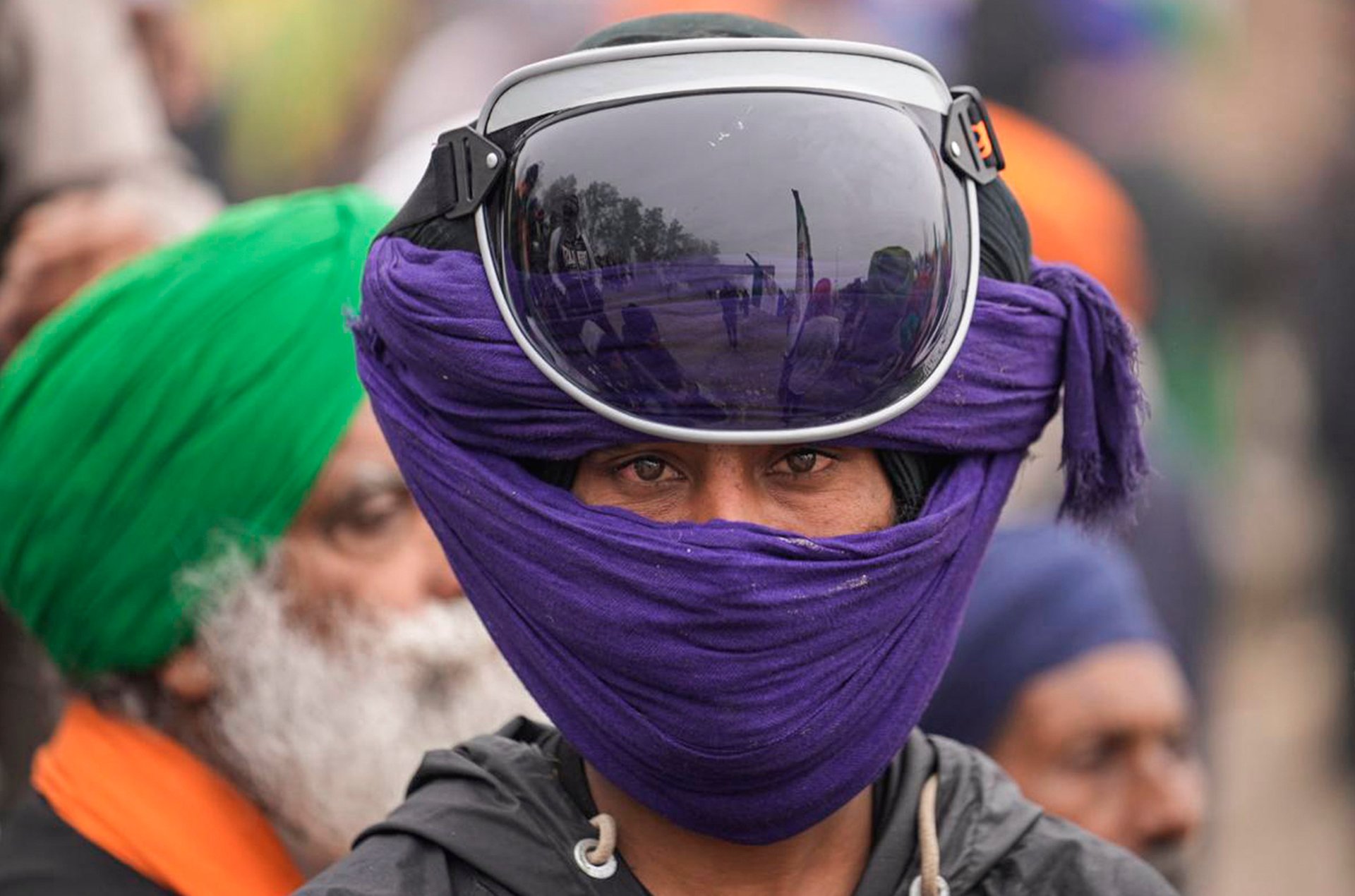A young man dies as clashes erupt between police and protesting farmers in India
A protester has died as thousands of Indian farmers resume their march to the capital after talks with the government failed to end an impasse over their demands for guaranteed crop prices

SHAMBHU, India (AP) — Clashes between farmers and police in India left one protester dead Wednesday as the farmers resumed their march to the capital after talks with the government failed to end an impasse over their demands for guaranteed crop prices.
Suggested Reading
Indian farmers began their protest march last week but were stopped some 200 kilometers (125 miles) from New Delhi as police fired rounds of tear gas.
Related Content
The 21-year-old farmer, identified as Subhkaran Singh, succumbed to a head injury, medical superintendent H S Rekhi at Rajindra Hospital in nearby Punjab state, told the Press Trust of India news agency. He said two others who got injured were in stable condition. Singh died after clashes between security forces and farmers erupted in Khanauri, a town in the state of Punjab, reported PTI.
Punjab's shared borders with the state of Haryana have become protest sites for the farmers attempting to reach New Delhi. The majority of the protesting farmers are from the two states.
Haryana police in a post on X, formerly Twitter, said 12 officers were injured after protesters attacked them with sticks and pelted them with stones. The post added that protesters used chili powder to set stubble on fire, making it difficult for the officers to breathe.
Last week, the farmers paused their protest and hunkered down near the town of Shambhu, close to the border between Punjab and Haryana, as their unions engaged in discussions with government ministers. They rejected a proposal offering them five-year contracts of guaranteed prices on a set of certain crops, including maize, grain legumes and cotton, and decided to resume their march on Wednesday.
Authorities are set on containing the demonstration, which has renewed the movement from over two years ago when tens of thousands of farmers camped out on the outskirts of the city for over a year, forcing Prime Minister Narendra Modi to repeal new agriculture laws in a major reversal for his government.
Last week, authorities barricaded highways leading to New Delhi with cement blocks, metal containers, barbed wire and iron spikes to prevent the farmers from entering. On Wednesday, the farmers arrived at the barricades with bulldozers and excavators to try and push through.
Jagjit Singh Dallewal, one of the farmers leading the march, said they did not want any violence, but condemned the federal government over the massive security measures.
“We want to reach New Delhi in a peaceful manner. The government should remove the barricades,” he said.
The protest organizers say the farmers are seeking new legislation that would guarantee minimum prices for 23 crops. The farmers believe this would help stabilize their income. They are also pressing the government to follow through on promises to waive loans and withdraw legal cases brought against them during the earlier 2021 protests.
The government protects agricultural producers against sharp falls in farm prices by setting a minimum purchase price for certain essential crops, a system that was introduced in the 1960s to help shore up food reserves and prevent shortages. The system can apply up to 23 crops, but the government usually offers the minimum price only for rice and wheat.
Several talks so far have failed to break the deadlock. But Arjun Munda, one of the ministers negotiating with the farmers, said they were willing to hold another round of discussions and that the government wanted to maintain peace.
The protests come at a crucial time for India, which is gearing up for national election in the coming months, with Modi’s ruling party widely expected to secure a third successive term.
“It is the prime minister’s responsibility, who has been elected with majority votes, to handle the situation and accept our demands,” Sarwan Singh Pandher, a farm leader, told PTI.
The farmers are an influential voting bloc and particularly important to Modi’s base — especially in Northern Haryana and several other states with a substantial farming population, where his Bharatiya Janata Party enjoys wide support.
___
Pathi reported from New Delhi.